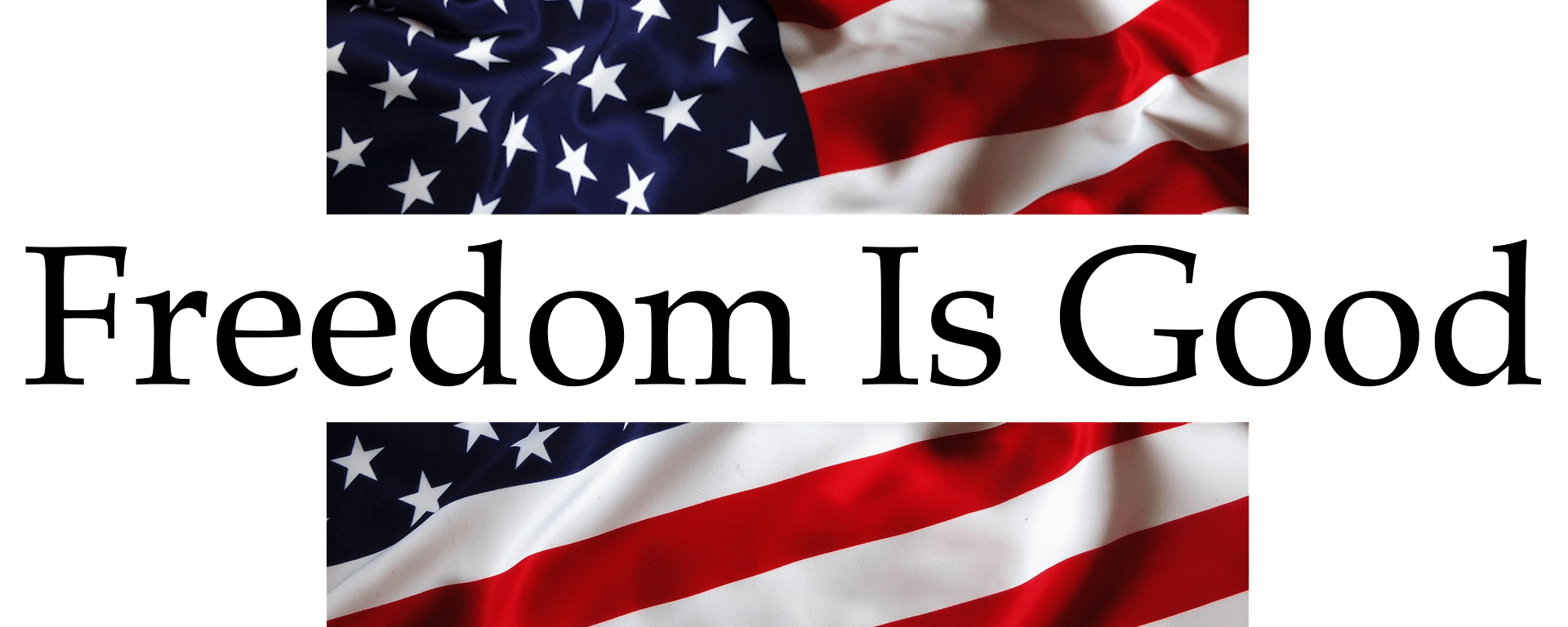Another Sleight of Hand?
By the sound of it, the University of Michigan’s seeming about-face on DEI has the potential to be a drastic change for the better—but right now it’s only a distant potential. The university has been obsessed with DEI for a long time, and any serious shift in its approach will require a profound cultural and ideological change.
What we now call wokeness and DEI erupted on the public scene sometime around 2014, perhaps linked to the race riots emanating from Ferguson, Missouri. But for those of us connected to America’s institutions of higher learning, this progressivist view of social life has been around for quite a bit longer, percolating in academia among radical thinkers at least since the 1970s.
I was introduced to the now-familiar conceptual architecture of DEI in the middle of my time as an undergraduate at the University of Michigan. I didn’t know it at the time, but I was at U-M when woke was taking root.
In the fall of 2006, I participated in the university’s Program on Intergroup Relations. I learned about social identities, privilege, intersectionality, marginalized groups, systemic oppression, etc. It was all so faddish and intellectually shallow. Even as an undergraduate, I didn’t find these all-encompassing doctrines compelling. But it was evident many of my peers did.
One of my instructors was Saida Grundy, a feminist sociologist who studies race. Years later she would make national headlines for calling “white college males” a “problem population.”
It was also in the fall of 2006 that I voted for the first time. In fact, I was quite excited to vote, because that midterm election included Proposal 2, which sought to ban race- and sex-based affirmative action in Michigan. It turns out I was on the right side of history: the proposal passed with support from 58% of the Michigan public.
One might be tempted to believe that Proposal 2’s passage would have spelled the end of U-M’s efforts to admit, hire, and promote people on the basis of immutable characteristics like race and sex. In reality, however, it only forced the university to get more creative in its commitment to DEI. This would include everything that now functions under the umbrella of the National Center for Institutional Diversity, which the university set up in 2005 to implement legal workarounds to challenges to (and eventually legal restrictions on) affirmative action.
Since 2006, any apparent move away from DEI and social identity-based admissions and hiring at the University of Michigan has been a sleight of hand.
Even nearly 20 years ago, U-M administration talked incessantly about diversity and social justice. And it was toxic to the campus climate. In the spring of 2008, I remember making a comment to one university administrator, “When the university talks about ‘diversity,’ we all know it means anyone but straight white males. It’s disingenuous, and it’s divisive. It’s counterproductive.” Maybe I was a little brash, but I was right.
Fast forward about 16 years. In October, The New York Times published a damning 9,500-word article detailing how the University of Michigan’s efforts to advance diversity, equity, and inclusion have been—you guessed it—divisive and counterproductive. As I read the article, I was struck by how U-M’s focus on DEI, which in my undergrad days was bad and annoying, in more recent years could only be classified as bonkers.
Since 2016, the university has invested nearly $250 million into DEI. Despite their best efforts—or arguably because of them—the university’s campuses have been exploding with tensions, divisions, complaints, demands, and paranoia. I can only imagine the meetings that must have occurred behind closed doors after the Times article was released.
Less than half a year later, the university announced that it will be shutting down its Office of Diversity, Equity and Inclusion, as well as its Office for Health Equity and Inclusion. It will also be discontinuing its “DEI 2.0 Strategic Plan” and reinvesting in student-facing services.
Building on a decision made slightly earlier, the university says it will no longer solicit or consider statements related to a person’s commitment to DEI “in admissions, hiring, promotion, awards, annual reviews or other assessments for faculty and staff.” The University of Michigan has been clear that the changes have been spurred on by recent policy directives from the Trump-Vance Administration.
If the university’s reaction to the 2006 change on affirmative action and its vocal, persistent commitment to progressive frameworks for DEI are any indication, then we can expect U-M administrators to search for workarounds. There is already some evidence that the university is only making surface-level changes, and simply rebranding the same disastrous DEI efforts. That would be a huge mistake.
With their announcement last month supposedly walking back their DEI strategy, the University of Michigan once again stands at a pivotal moment in its institutional history. It will be tempted to pull another sleight of hand. As an alumnus, I want what’s best for the university, and it needs real change on DEI. I wish U-M had one of those suggestion boxes where, if your suggestion gets adopted, you get a small cut of the savings, because my suggestion in 2008 would have saved the university a quarter billion dollars.
The post Another Sleight of Hand? appeared first on The American Mind.
